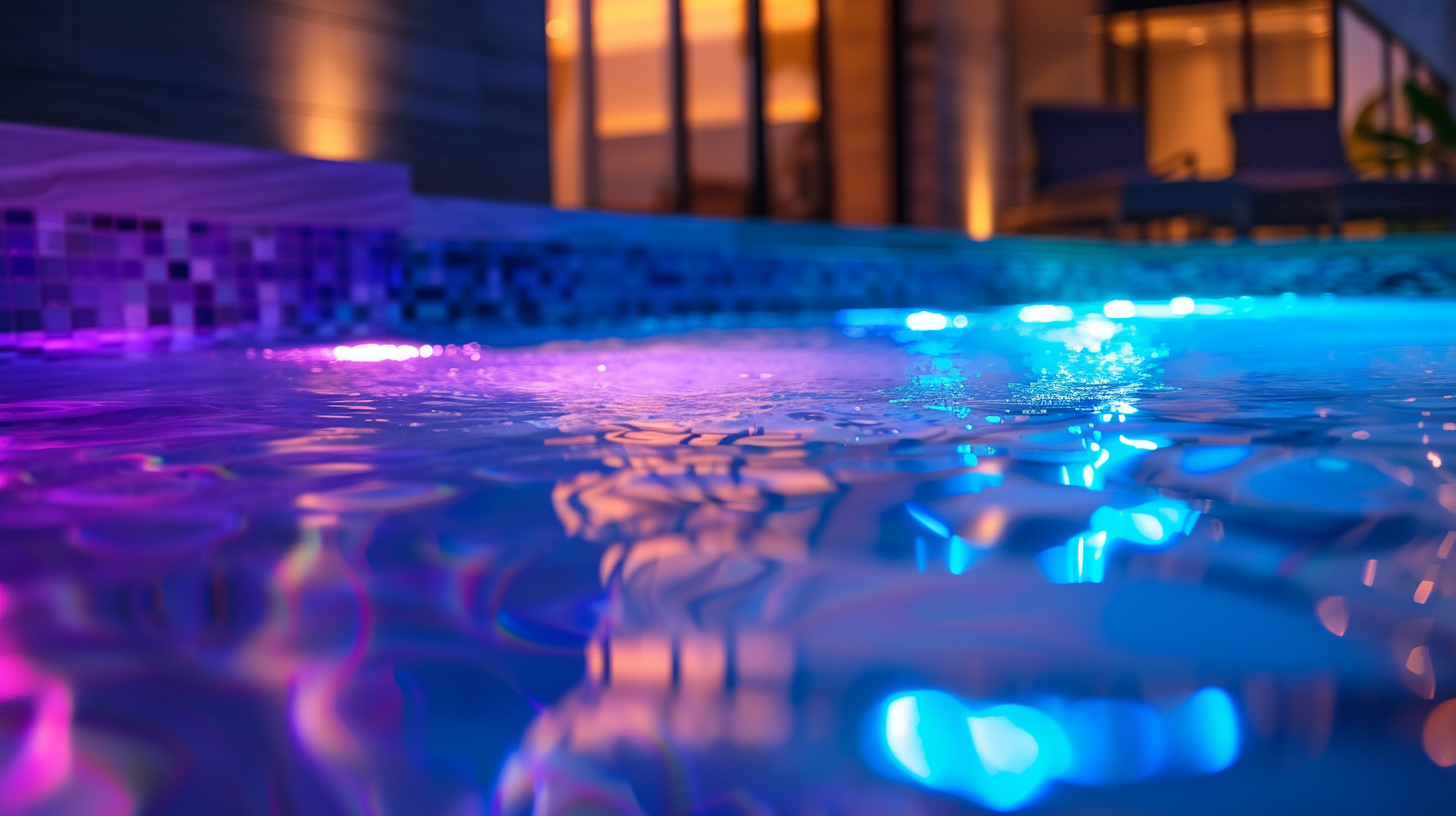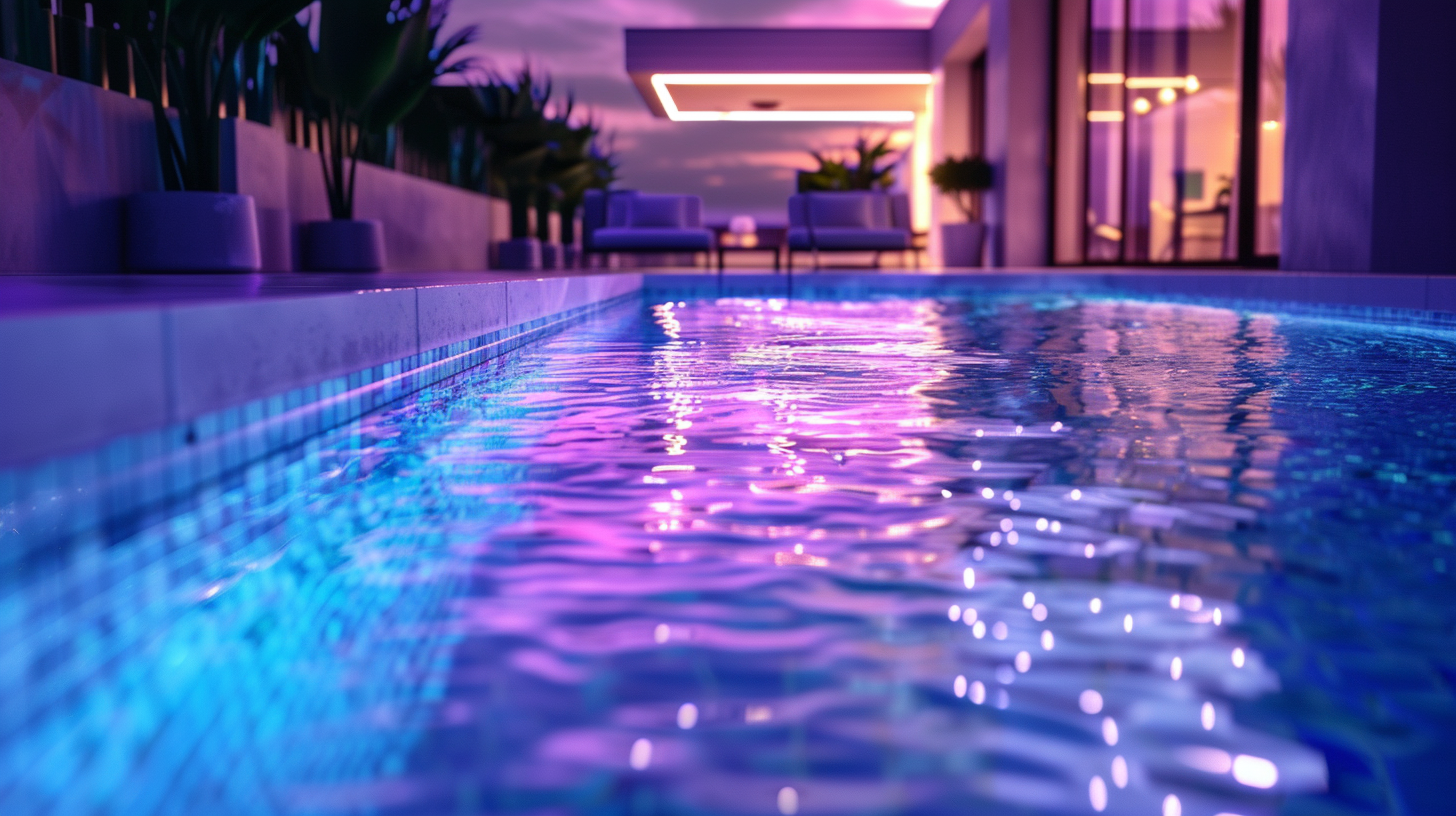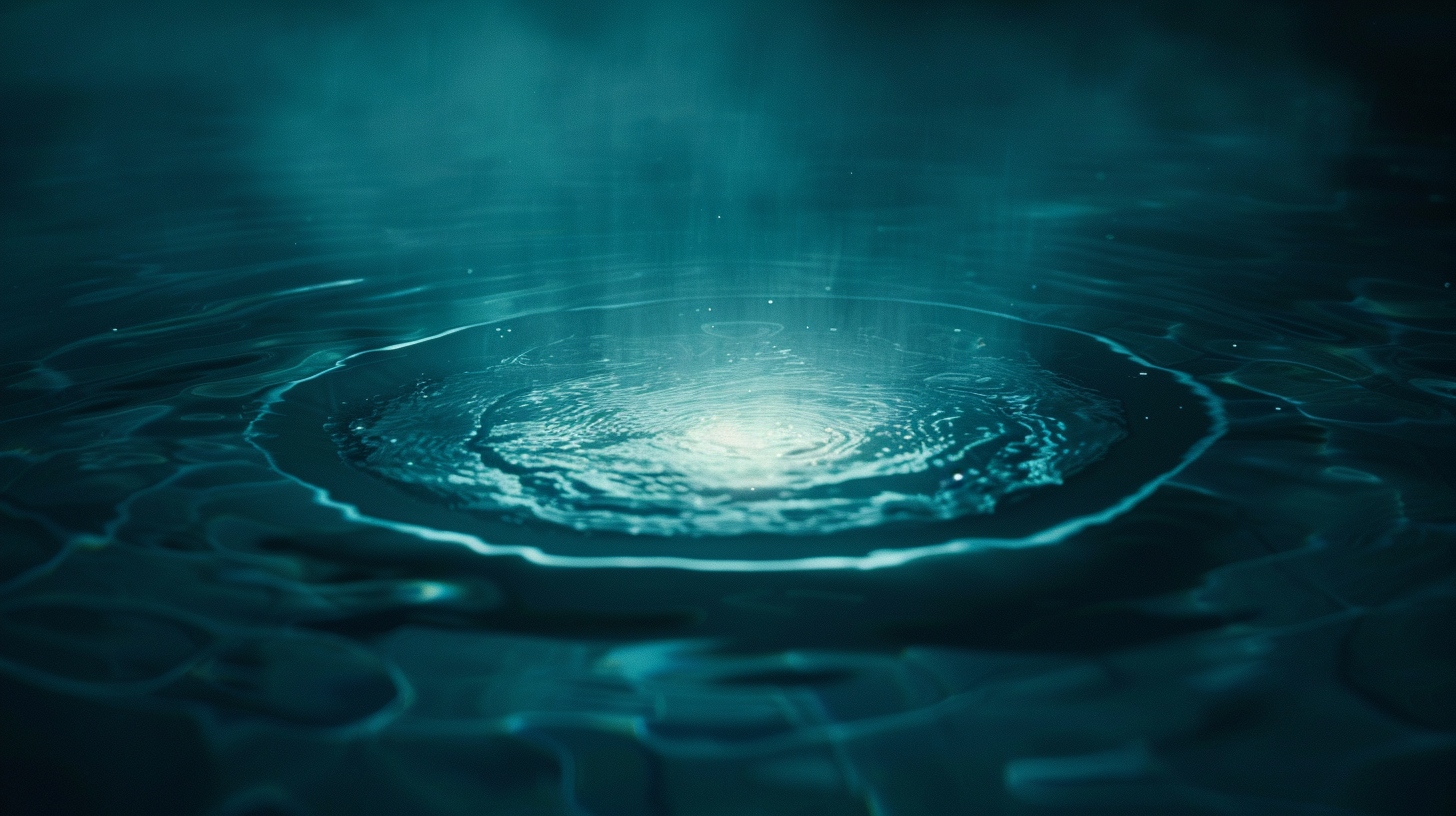The lifespan of different underwater pool lighting options
When it comes to illuminating your pool for those mesmerizing night swims, several popular pool lighting options are available that can turn your backyard into an enchanting oasis. The primary contenders are LED lights, halogen lights, and fiber optic lights, each with its unique characteristics and advantages. Understanding these options can help you make an informed decision that enhances the aesthetics and functionality of your swimming area.
LED lights are currently the frontrunners in underwater pool lighting due to their excellent energy efficiency and longevity. They use a fraction of the energy consumed by traditional bulbs and can last up to 50,000 hours, making them a preferred choice for many pool owners. Their brightness and color versatility add an extra dimension to pool ambiance, perfect for creating a mood or theme for any occasion.
Halogen lights, on the other hand, have been around for decades and are known for their bright, white light that can make any pool sparkle like a gem. These lights are relatively cheaper upfront and can still deliver a punch when it comes to illumination. However, their lifespan is considerably shorter than LEDs, typically lasting about 2,000 to 4,000 hours, which means they’ll need replacing more frequently.
For those desiring a touch of sophistication, fiber optic lights may be the perfect match. These lights are not submerged directly in the water; instead, they use a remote light source to transmit light through fiber optic cables into the pool. This makes them incredibly safe and easy to maintain. While they may not be as bright as LEDs or halogens, they offer a starry-night effect that’s hard to replicate with other lighting options. However, their initial installation and maintenance costs can be higher.
With these different underwater pool lighting options at your disposal, choosing the right type for your pool comes down to weighing factors such as initial cost, maintenance, energy efficiency, and desired effect. Making an informed decision ensures your pool remains a stunning centerpiece of your home for years to come.
Factors affecting the lifespan of underwater lights
Several key elements can influence how long your underwater pool lighting options will last. One of the most significant factors is the type of bulb employed. As mentioned earlier, LED lights generally outlast halogen and fiber optic lights, thanks to their robust construction and energy-efficient technology. The operating environment also plays a pivotal role; underwater pool lights are exposed to moisture, chemicals, and varying temperatures, all of which can impact their lifespan. Proper sealing and high-quality materials can help mitigate these adverse effects.
The quality of the installation itself should not be overlooked. Poor installation can lead to leaks and electrical failures, significantly reducing the longevity of your lighting system. Ensuring that the wiring and fixtures are securely sealed and positioned correctly can extend the life of your lights by protecting them from water ingress and physical damage.
Another crucial factor is the regular maintenance of your pool and its lighting system. Failing to clean the light fixtures, replace worn-out seals, or address minor faults promptly can accelerate wear and tear. Regularly check for signs of corrosion and damage to keep your lights functioning optimally for as long as possible. Additionally, the chemical balance of your pool water can affect the lights’ lifespan. High chlorine levels, for example, can corrode metal parts and degrade plastic components more quickly.
Usage patterns also have an impact on the lifespan of underwater pool lights. Lights that are used continuously or for extended periods are likely to wear out faster than those used intermittently. Timers and smart home integrations can help manage usage more effectively, ensuring the lights are only on when needed, thereby extending their life.
Advancements in technology and materials continually improve the durability and performance of underwater pool lighting options. Investing in newer, high-quality products may come with a higher upfront cost but can save money in the long run by reducing the frequency of replacements and repairs. Thus, it’s essential to consider all these factors when planning your pool lighting to maximize both the aesthetics and the lifespan of your setup.
Comparing LED, halogen, and fiber optic lighting
When comparing different underwater pool lighting options, it’s essential to delve into the specifics of each type to better understand their unique qualities and how they fare against each other in terms of performance and lifespan.
LED lights stand out for their impressive longevity and energy efficiency. These lighting options can last up to 50,000 hours, making them an excellent long-term investment. Their energy consumption is minimal compared to other types, which translates to lower electricity costs over time. Plus, their ability to produce a wide spectrum of colors means they aren’t just functional but also an aesthetic game-changer, perfect for setting various moods in your pool area.
Halogen lights, while not as long-lasting as LEDs, offer a bright and clear light that many pool owners still appreciate. Known for their intense white light, halogens can make your pool’s water shimmer beautifully under the night sky. However, their lifespan ranges from 2,000 to 4,000 hours, considerably shorter than LEDs. This often means more frequent bulb replacements, which could be seen as a downside. However, they have a lower initial cost, making them a budget-friendly option if longevity isn’t your primary concern.
Then there are fiber optic lights, which bring a touch of elegance to any pool. These lighting systems have a unique setup where the light source is housed outside the pool and transmits light through cables into the water. This method eliminates any electrical risks within the pool, making them among the safest options. The starry-night effect they produce is mesmerizing, though they do not match the brightness levels of LEDs or halogens. The lifespan of the light source itself can be extensive, but the overall cost—including the light generator, fiber optic cables, and installation—can be significantly higher.
Each of these underwater pool lighting options comes with its own set of advantages and limitations. LED lights are the go-to choice for those looking for efficiency and long-term performance. Halogen lights are ideal for those seeking powerful illumination without breaking the bank upfront. Fiber optic lights offer unique aesthetics and safety benefits, albeit at a higher cost. By weighing these options, pool owners can select the lighting solution that best fits their needs, ensuring both functionality and longevity for their underwater lighting system.
Maintenance tips for extending lighting lifespan
Proper care and attention can significantly extend the lifespan of your underwater pool lighting options. The first step in maintaining these lights is regular cleaning. Over time, debris, algae, and other contaminants can accumulate on light fixtures, diminishing their brightness and efficiency. A simple scrub with a non-abrasive brush and mild cleaning solution can keep the lenses clear and the light output optimal.
Another essential maintenance task is the inspection and replacement of seals and gaskets. These components are crucial for preventing water ingress, which can cause electrical failures and corrosion. Regularly check these seals for signs of wear or damage and replace them as needed to maintain a watertight seal around your light fixtures.
Balancing your pool’s chemical levels is also fundamental to preserving your underwater pool lights. High levels of chlorine or imbalanced pH can accelerate the corrosion of metal parts and degrade plastic components. Regularly test your pool water and adjust chemical levels to create an environment that is less taxing on your lighting system.
Upgrading your control systems can also make a significant difference. Modern timers and smart home integrations can help manage your lights more efficiently. By automating the on and off cycles of your pool lights, you can reduce unnecessary usage and extend the lifespan of the bulbs. Continuous or extended use can lead to faster degradation, so managing usage is key.
Consideration should also be given to the type and quality of replacement parts you use. Opt for high-quality bulbs and components from reputable manufacturers to ensure longevity and reliability. Substandard parts can fail prematurely and may not be designed to withstand the harsh conditions of underwater environments.
Periodic professional inspections can identify potential issues before they become major problems. A qualified technician can check the electrical connections, inspect for leaks, and ensure that everything is functioning as it should. This proactive approach can save you from costly repairs and replacements in the long run.
Finally, be mindful of how external factors like weather and environment affect your lighting system. For instance, in regions prone to severe weather, regularly check your lights post-storm to ensure there has been no water ingress or physical damage.
Taking these steps can not only prolong the lifespan of your underwater pool lighting options but also ensure they continue to enhance your pool’s aesthetics and safety effectively.
| Maintenance Tip | Description |
|---|---|
| Regular Cleaning | Scrubbing lenses with a non-abrasive brush and mild solution to keep them clear. |
| Seal and Gasket Checks | Inspecting and replacing worn seals to prevent water ingress. |
| Chemical Balance | Maintaining proper pool chemical levels to reduce corrosion and degradation. |
| Control Systems | Using timers and smart integrations to manage light usage efficiently. |
| High-Quality Replacement Parts | Opting for reliable components from reputable manufacturers. |
| Professional Inspections | Having a qualified technician periodically check electrical connections and other potential issues. |
| Weather Considerations | Examining lights after severe weather to ensure no damage or water ingress. |
Signs it’s time to replace your pool lighting
There comes a point when even the best-maintained underwater pool lights start to signal that it’s time for a replacement. Recognizing these signs early can save you from unexpected nighttime swims in the dark and ensure that your pool lighting remains in optimal condition.
One of the most obvious indicators is a decrease in light output. If you notice your pool area isn’t as brightly illuminated as it used to be, it could mean the bulbs are reaching the end of their lifespan. This is particularly noticeable with halogen lights, which may become dim or flicker as they age. A sudden drop in brightness in LED lights, however, can be more alarming and may suggest a deeper issue such as electrical problems or water ingress.
Water leakage is another critical sign. If you see water inside the light fixtures or notice any condensation, it’s a strong indication that the seals or gaskets have failed. This not only shortens the lifespan of your underwater pool lights but also poses an electrical hazard. Addressing the leak promptly can prevent potential damage to both the lights and the pool’s electrical system.
Frequent tripping of the circuit breaker is a red flag that shouldn’t be ignored. This could signal an electrical fault within the lights or wiring. While resetting the breaker might provide a temporary fix, it’s essential to investigate the cause to ensure the safety and functionality of your underwater lighting system. Continuous trips indicate a need for professional assessment and possibly light replacement.
Sometimes the need for replacement isn’t due to physical wear and tear but because you’re ready for an upgrade. Technology in pool lighting evolves rapidly, and newer models often offer better energy efficiency, brighter illumination, and advanced features such as color-changing capabilities and smart controls. If your current lights are outdated, replacing them can enhance both the aesthetic and functional aspects of your pool area.
Lastly, consider the overall condition of the fixtures and wiring. Rust, corrosion, or visible wear are clear signs that your lighting options need an overhaul. In particular, metal parts exposed to harsh pool chemicals can deteriorate faster than expected, leading to compromised performance. Regular inspections can catch these issues early, allowing you to plan timely replacements rather than dealing with sudden failures.
Being attentive to these signs ensures that your underwater pool lighting system remains a safe and delightful feature of your home. Whether it’s a drop in brightness, leakage, electrical issues, or just the natural course of wear and tear, addressing these indicators promptly can help maintain the ambiance and safety of your swimming oasis.


